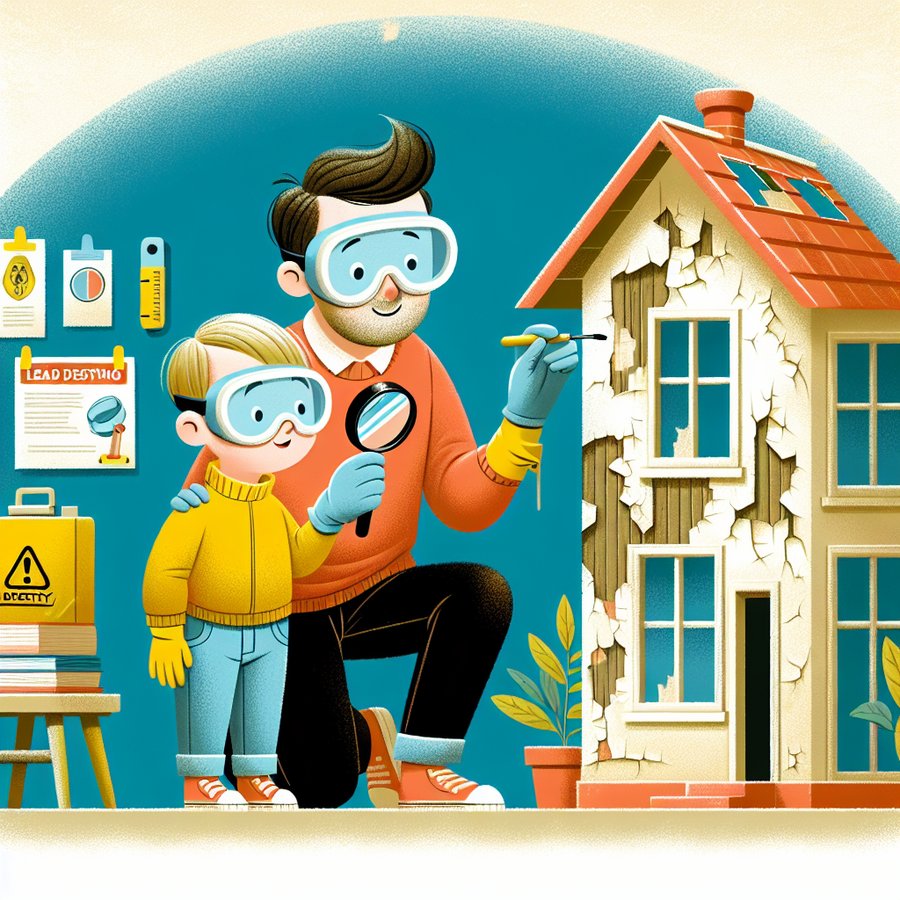Safeguarding against lead exposure in older homes is a critical responsibility for homeowners and families, ensuring the safety and health of everyone, especially young children and pregnant women. Lead, a toxic metal, can be found in various parts of older homes, including paint, dust, and water pipes. Exposure can lead to significant health issues, including developmental delays and neurological damage. This article delves deep into strategies to protect your household from the dangers of lead.
Understanding the Risks of Lead Exposure in Your Home
Lead is a potent neurotoxin that affects children and adults differently. Children, due to their developing bodies and brains, are at a higher risk of suffering from the adverse effects of lead exposure. These can range from cognitive impairments to behavioral problems. Adults aren’t spared, as lead exposure can lead to hypertension and kidney damage. Recognizing the presence of lead in an older home is the first step towards mitigation.
Most homes built before 1978 have lead-based paint, which, when it chips or deteriorates, becomes a significant hazard. Moreover, older plumbing systems may contain lead pipes or solder, posing a risk to your water supply. Testing your home for lead by hiring a certified professional is essential to understand your home’s lead status. For more information on lead and its effects, visiting the Centers for Disease Control and Prevention (CDC) lead information page is recommended.
Safeguarding Against Lead Exposure in Older Homes
Once you’re aware of the lead presence in your home, taking immediate action to minimize exposure is crucial. This includes sealing off areas with lead paint and regularly cleaning dust with a wet mop or cloth to prevent inhalation or ingestion of lead particles. When renovating, it’s vital to hire contractors who are certified in lead-safe work practices to prevent further contamination.
Replacing lead pipes and using water filters certified to remove lead can significantly reduce lead in your drinking water. For further guidance on creating a lead-safe environment, consider visiting our comprehensive guide on protecting against lead exposure in older homes.
Preventive Measures and Regular Maintenance
Preventive measures play a significant role in combating lead exposure. This includes conducting regular inspections and maintenance of your home to identify and address potential lead hazards promptly. Educating yourself and your family about the risks and sources of lead in your environment is also key to prevention.
Establishing safe cleaning routines, promoting good hygiene like washing hands and toys frequently, and ensuring a diet high in calcium, iron, and vitamin C can help reduce lead absorption. Moreover, being proactive about creating a non-toxic nursery, childproofing your home, and choosing safe products for your child can further safeguard against lead exposure.
Additional Resources and Support
For families living in older homes, knowing where to find help and additional resources is vital. Many local health departments offer free or low-cost lead testing and abatement programs. Non-profit organizations and federal agencies also provide grants and loans for lead removal projects.
Engaging with community support groups can offer practical advice and emotional support as you navigate the challenges of creating a lead-safe home. Remember, knowledge is power—staying informed about lead and its risks enables you to take decisive action to protect your loved ones.
To conclude, safeguarding against lead exposure in older homes requires a comprehensive approach, including understanding the risks, taking immediate protective measures, conducting regular maintenance, and utilizing available resources. By following these steps, you can create a safer environment for your family.













